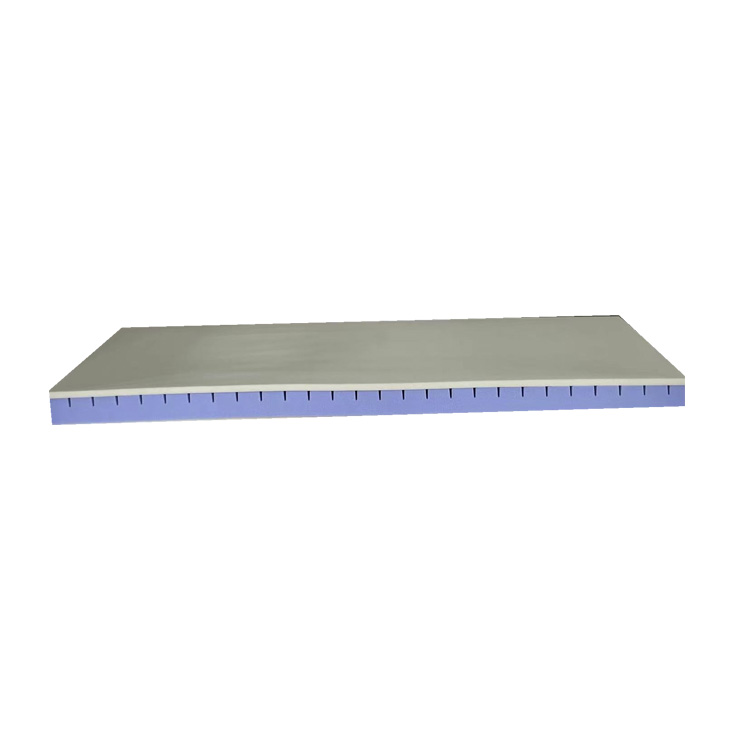Rotating medical bed rental service for optimal patient comfort and care.
Rotating Medical Bed Service Enhancing Patient Care
Introduction
Rotating medical beds have revolutionized patient care in healthcare facilities around the world. These innovative beds are designed to rotate a patient's position at controlled intervals, offering numerous benefits for both patients and healthcare providers. The rotating medical bed service has proven to be an essential tool in improving patient comfort, preventing complications, and enhancing overall quality of care.
Benefits for Patients
One of the primary benefits of rotating medical beds is the prevention of pressure ulcers. By rotating a patient's position regularly, the bed helps to redistribute pressure on vulnerable areas of the body, reducing the risk of developing pressure ulcers. This is particularly important for patients who are bedridden or have limited mobility.
Furthermore, rotating medical beds can also improve circulation and respiratory function. By changing a patient's position, these beds help to promote blood flow and prevent fluid buildup in the lungs. This can be particularly beneficial for patients who are recovering from surgery or are at risk of developing complications due to immobility.
rotating medical bed service

In addition, rotating medical beds are designed to enhance patient comfort and promote restful sleep. The ability to adjust a patient's position can help to alleviate pain, reduce muscle stiffness, and improve overall comfort. This can lead to a more restful and healing sleep for patients, which is essential for recovery.
Benefits for Healthcare Providers
From the perspective of healthcare providers, rotating medical beds offer numerous benefits as well. These beds can help to reduce the risk of caregiver injury by minimizing the need for manual repositioning of patients. This can lead to a safer work environment for healthcare providers and reduce the risk of musculoskeletal injuries.
Furthermore, rotating medical beds can also save time and improve efficiency in patient care. The ability to automatically rotate a patient's position at set intervals can help to streamline the care process and ensure that patients receive consistent and timely repositioning. This can free up healthcare providers to focus on other aspects of patient care, leading to a more efficient and effective care delivery.
Conclusion
In conclusion, rotating medical bed service is a valuable tool for enhancing patient care in healthcare facilities. By preventing pressure ulcers, improving circulation and respiratory function, and enhancing patient comfort, rotating medical beds offer numerous benefits for patients. Additionally, these beds can help healthcare providers save time, reduce the risk of injury, and improve efficiency in care delivery. Overall, the use of rotating medical beds is a critical component of providing high-quality and compassionate care to patients in need.
-
The Effect of Coconut Foam Mattress Breathability and Humidity Regulation on Improving Sleep QualityNewsJul.03,2025
-
How Wave Mattress Systems Improve Blood Circulation During ImmobilityNewsJul.03,2025
-
The Climate-Adaptive Sleep Revolution: Exploring the Benefits of Cooling Gel Memory Foam MattressesNewsJul.03,2025
-
Exploration of the Role of Coconut Foam Mattress in Preventing Bedsores in the ElderlyNewsJul.03,2025
-
Comparing Wave Mattress and Air Mattress: Which Is Better for Medical Use?NewsJul.03,2025
-
Analysis of Comfort and Environmental Performance of Natural Latex and Coconut Foam MattressNewsJul.03,2025
-
Multi-Layer Construction for Enhanced Performance in Gel Mattress PadNewsJun.24,2025

